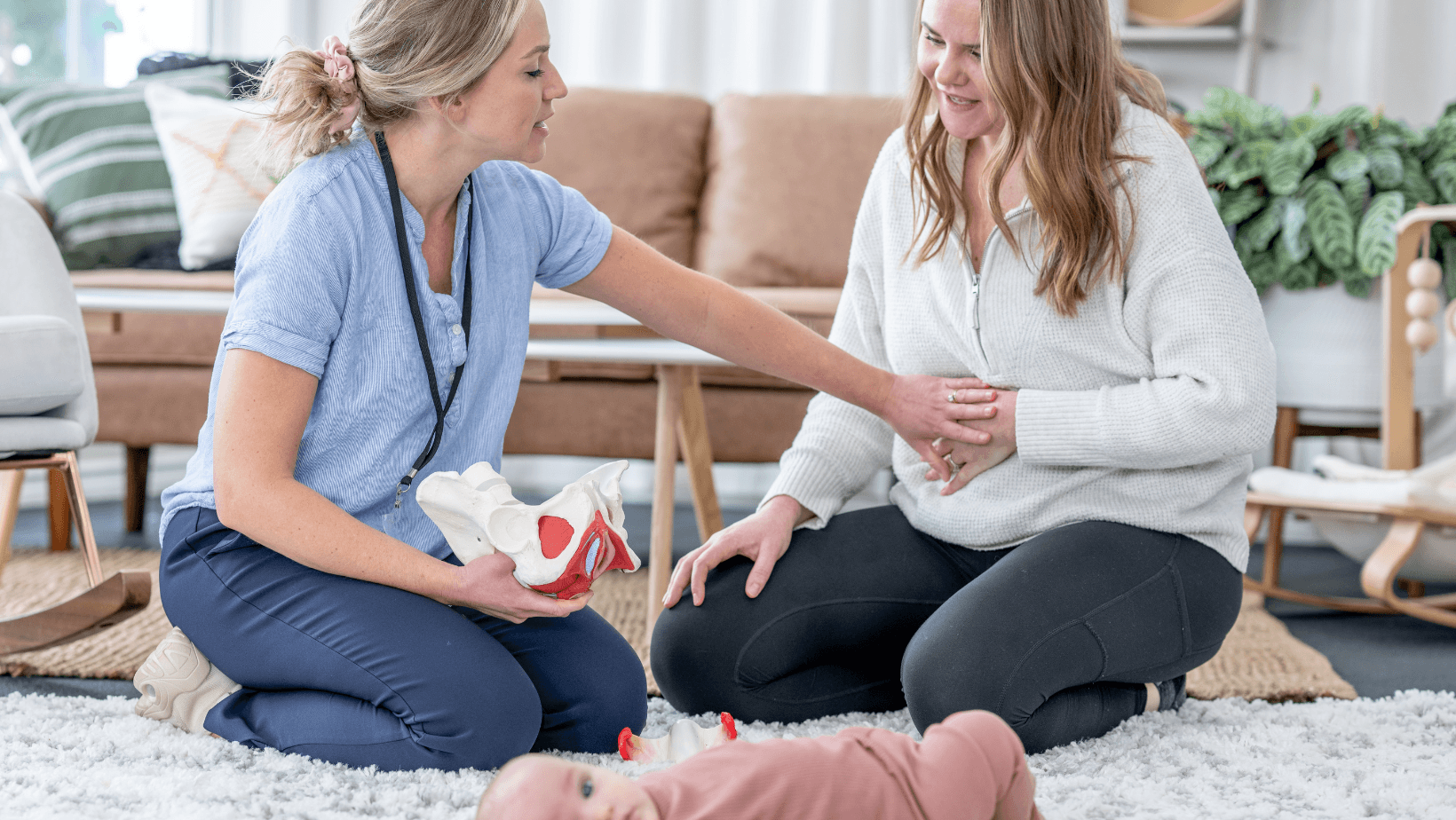Pelvic Girdle Pain ~ also known as PGP or Symphysis Pubis Dysfunction (SPD).
PGP is pain that occurs in or around the pelvis and affects 1 in 3 women during pregnancy and can also affect women postnatally.
The joints can become painful due to hormones, change in posture and the weight of the growing baby. It is NOT NORMAL to have pain during pregnancy although it is common. There is a lot that can be done to help the symptoms!
Typical symptoms can be:
✔Pain in the back, hips, groin, thighs and pubic bone.
✔Difficulty walking.
✔Pain after sitting for a while.
✔Difficulty turning in bed.
✔Difficulty getting in/out of a car.
✔Pain with climbing stairs.
Symptoms can kick in at any point during pregnancy and the earlier you seek help the quicker things will feel better!
DON’T SETTLE for being given a belt and crutches. Manual therapy and a rehabilitation programme work to get your pelvic joints moving better, correct postural changes and ensure the muscles that are weak are able to strengthen and provide better support for your pelvis as baby grows.
Please speak to your local Pelvic Health Physiotherapist or GP for more information and access to treatment either on the NHS or privately.
My top tips for managing Pelvic Girdle Pain (PGP)!
Following on, here are some daily changes you can make to try and help the symptoms. These will be different for everyone as no journey is the same!
✔Sitting - try to avoid sitting cross legged or on the floor. Sitting with your bum at the back of the chair and support the lower spine with a cushion or lumbar roll with both feet on the floor.
✔Walking - try to keep within your limits, don’t push through pain as this will only make things feel worse! If you feel like you are waddling this can sometimes be down to walking too slowly, try keeping a regular pace but with smaller strides.
✔Turning in bed - pregnancy pillows like bbhugme can help keep the pelvis in a neutral position when turning (along with supporting you and bump when sleeping), keep your legs together, use your arms to help you turn whilst exhaling on the exertion. If we brace because we anticipate pain this can pull more on the pubic bone.
✔Carrying - using a rucksack or backpack can help spread the load rather than a heavy bag on one shoulder. This is the same for carrying other children, try wrapping their legs around you from the front rather than over one hip but if you have to carry them alternate the sides!
✔Getting dressed - doing this sat down can make things a lot more comfortable! Hopping from one leg to the another can place more pressure through the pelvic joints.
✔Exercise - keep moving! If your body is used to you keeping active try and keep up with short bursts of exercise that feel comfortable. It’s a balance of rest and moving!
Using a pelvic belt or taping can help symptoms whilst you work on improving your strength and function. I would recommend getting an assessment with a Pelvic Health Physiotherapist first because adding compression to an irritated and stiff joint may make things feel worse.
Sometimes the symptoms of PGP may continue after pregnancy and you should be sure to mention these to your doctor at your postnatal check so that you can be referred to a pelvic health physio and be safely guided back to full mobility and fitness.

